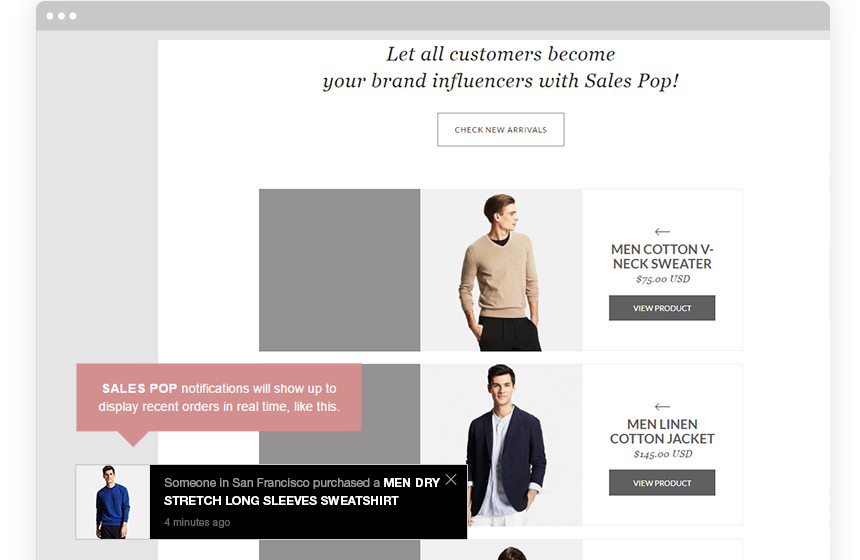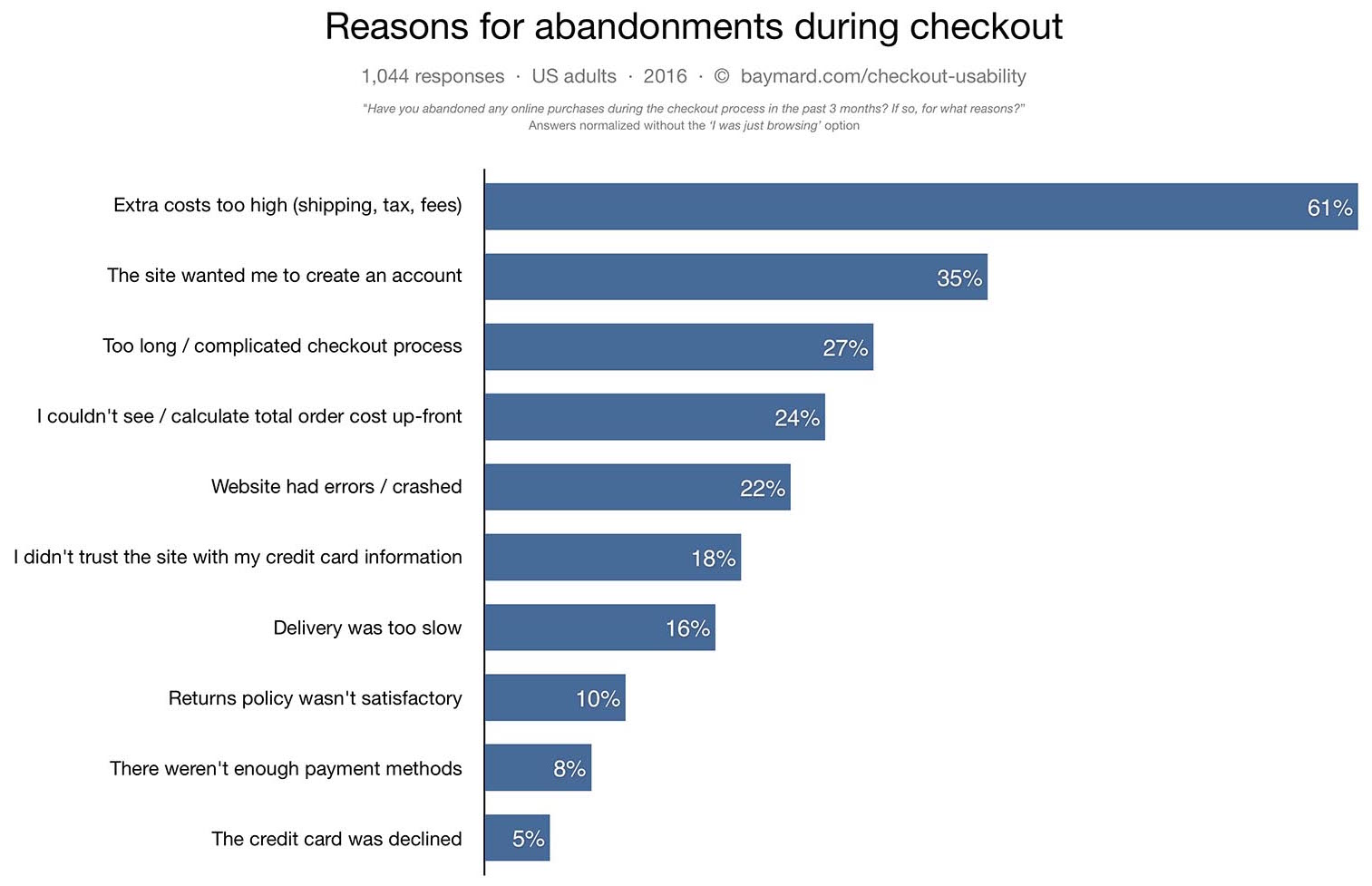As the owner of an LED shoe store I’ve learned quite a bit about generating passive income through drop shipping. In March of this year we attracted over 11,000 site visitors and earned $10,000 in revenue. We are trending to hit $15,000 in monthly sales. Nice, right? But it didn’t start that way.
Here’s what I’ve learned after buying and overhauling a drop shipping business to generate passive income.
Drop shipping business lessons
Entrepreneurs can make a lot of passive income from drop shipping, a model that allows you to ship physical products to customers without holding inventory. You earn money moving goods from the manufacturer directly to the end user without going though the usual distribution channels.
I’d been exploring the idea of creating a SaaS product that I could sell to users on a recurring monthly plan. Initially, I browsed online to see if I could find anyone who was selling their site so I didn’t have to start from scratch.
I stumbled upon Lightning Shoes, a Shopify store, and decided to jump at the opportunity to own it. It was a great deal! The owner only wanted $8,000 for it. And after a little digging I found that monthly sales, within the previous six months, averaged $5,000; a 20% profit margin. This was a steal.
But here’s the catch. The price for the site was low due to some pretty big issues that needed to be solved.
1. Unreliable Chinese supplier
This was the biggest issue by far. The previous store owner used a service to ship the shoes from China to the consumer. This meant it took two, or more, weeks for the shoes to arrive.
To rectify this I found a supplier with a U.S. warehouse who could ship directly to the customer within a more reasonable time frame, 3-5 business days. This wasn’t an easy accomplishment. It took me weeks of research to vet the good suppliers from the bad ones.
2. Merchant processor issues
Due to all of the issues with the previous supplier, there were a lot of customer chargebacks. Chargebacks often lead to major losses, especially when you are starting up and sell high ticket items. Meanwhile, “when chargebacks get out of control, you will incur huge losses and your company’s image may be tarnished among credit card processors. To operate profitably, businesses have to take steps to ensure they have the lowest chargeback rate.” So, when I purchased the site, I had to set-up a new merchant processor.
3. Poorly designed e-commerce site
Ever heard of the saying: “The devil’s in the details?” Well this goes double with websites. Prior to buying the website, the logo had spelling issues, the site was extremely slow to load, the footer was inaccurate, etc. I ended up doing a good amount of website redesign work to improve the brand image and make it look like a successful business.
Double down to increase sales
When I purchased the site, it was converting at 1.10%. A month later I increased conversions to 2.07%. This nearly doubled the number of sales and resulted in the site’s overall increased value.
Here’s how I did it:
-
Add discount pop-ups
I decided to use the Better Coupon Box, a free coupon popup app that converts visitors into email subscribers, social media followers for eCommerce stores. When an online visitor arrives to the site they are greeted with a pop-up, advertising a 10% discount if they like/share our store on social media.
Additionally, I implemented an exit pop-up to advertise $10 off for visitors who stick around and shop with us. In March, 14 visitors took action on the initial pop-up and 23 acted on the exit pop-up. Some of these visitors are customers we wouldn’t have hooked if we didn’t make it worthwhile with an added incentive.
-
Leverage sales pop-ups
Sales Pop is a selling tool built on the concept of social proof. The app displays purchase activities on your store via real-time notification popups. When customers know what other people are buying on your store, it creates a positive influence and motivates them to buy your products.

Source: Shopify I used this Shopify app to show a little pop-up at the bottom of the site that says “X (customer) from X (location) just bought these…” I don’t have figures on this one, but I imagine it built trust with our customers.
-
Update product images
When it comes to online marketing, particularly using targeted PPC internet marketing, anything that differentiates you from competitors is a good thing. So I hired a Photoshop guy to change up the images a bit and ensure they would stand out.
-
Launch an ‘abandoned cart’ email series
Online cart abandonment is a real problem for the e-commerce industry. In fact, it’s estimated that “70 percent of online shopping carts are abandoned” and “shopping cart abandonment accounts for $18 billion in lost revenue each year.”

Source: Baymard Institute
The simple solution is a cart reminder program that utilizes email and other digital communication channels to draw consumers back to complete their purchase. The previous owners didn’t cater to visitors who started to shop, but abandoned their cart. In March, we gained twelve sales from this feature.
Final thoughts
The tactics I implemented, and my overall work, has doubled site revenue to $10,000 a month with a profit margin around 25 percent. Now the business is almost hands off for me.
Moving forward I plan to increase SEO and social media efforts. I’d’ like to see the site rank in the top positions for all keyword related searches. Additionally, I’ve been approached about selling the website. When the time is right, I’ll likely receive an estimated 7x return on my investment.
If you want to start earning passive income by drop shipping, do your research; especially if you plan on buying an existing drop shipping store. Starting a business is hard work.
This article has been edited.
Dan Rusu is in pursuit of an entrepreneurial and passive income lifestyle. He is the current owner of Lighting Shoes, a drop shipping LED shoe store on Shopify that sells a variety of products including a line of Yeezy inspired LED light up shoes.
© YFS Magazine. All Rights Reserved. Copying prohibited. All material is protected by U.S. and international copyright laws. Unauthorized reproduction or distribution of this material is prohibited. Sharing of this material under Attribution-NonCommercial-NoDerivatives 4.0 International terms, listed here, is permitted.





